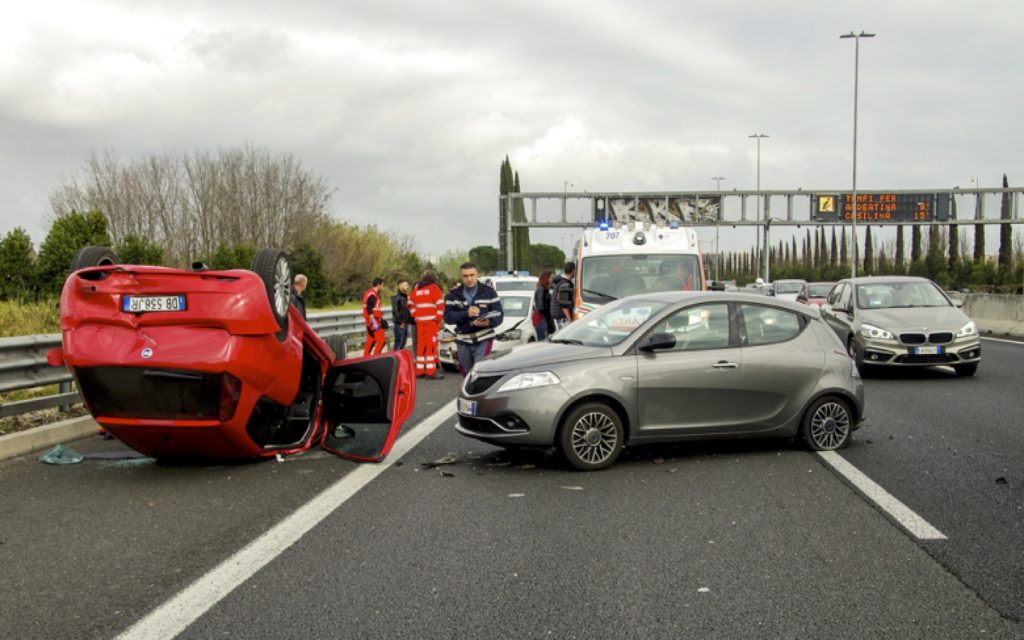What to Do When Your Commercial Vehicles Are in an Accident
Accidents involving commercial vehicles can have significant repercussions for any business. Whether it’s a minor fender bender or a major collision, the aftermath of a commercial vehicle accident can disrupt operations and lead to unanticipated costs. Understanding the steps to take when a commercial vehicle is involved in an accident is crucial for mitigating these risks and ensuring the continued success of your business.

Initial Steps to Take After an Accident
Immediately after an accident, the safety of everyone involved should be the primary concern. Ensure that the drivers and any passengers in both vehicles are safe and check for any injuries. If necessary, contact emergency services to provide medical assistance promptly.
After ensuring everyone’s safety, it’s important to move the vehicles out of traffic to prevent additional incidents. Setting up warning signals, like cones or flares, can alert other drivers about the accident, keeping the scene secure. Simultaneously, document the scene with photographs and gather witness information, which can be invaluable for insurance purposes.
According to Value Penguin, approximately 14,386 car accidents occur daily, highlighting the importance of knowing what to do in these situations. Being prepared helps prevent panic and ensures that the correct steps are taken. In the tumultuous aftermath of a commercial vehicle accident, having a clear plan in place can provide guidance and reassurance.
Contacting the Authorities and Your Insurance Company
It is vital to report the accident to the police, regardless of its severity. An official report will be crucial for insurance claims and any potential legal proceedings. The documentation from the authorities provides an objective account of the incident, which helps clarify details that can otherwise be disputed.
Once the authorities have been notified, contacting your insurance provider should be your next step. Informing them promptly can help expedite the claims process and ensure that damages are addressed swiftly. Insurance companies typically require detailed documentation from the scene, so having prepared information can streamline the process.
According to IBISWorld, the auto towing industry’s revenue is projected to grow steadily, reaching an estimated $12.5 billion by 2024. This increase indicates the demand for towing services in the aftermath of accidents. Engaging a reliable towing service can assist in quickly clearing the scene and minimizing further disruption to your business.
Cooperating with Your Insurance and Legal Teams
Understanding your insurance policy is crucial when filing a claim after an accident. Engage with your insurance representative to grasp the full extent of your coverage, including what damages and liabilities are accountable. This knowledge is key to ensuring that your business isn’t faced with unexpected expenses.
In some cases, legal advice may be necessary to navigate the aftermath of the accident. A legal expert can help interpret any complex legal implications, such as liability disputes or claims from third parties. Having legal support can also facilitate negotiations and provide your business with a shield against unjust claims.
According to Zippia, there are over 31,154 tow truck drivers currently employed in the United States. This statistic underscores the availability of resources to aid in accident situations. By working collaboratively with your insurance and legal teams, you can ensure that your business is well-supported throughout the recovery process.
Reviewing and Implementing Safety Measures
Once the dust has settled, it’s essential to review the circumstances surrounding the accident. Analyze the incident to identify potential safety improvements that can be implemented to prevent future occurrences. Regular safety training and vehicle inspections are effective measures to reduce the likelihood of accidents.
Improving driver education programs is another proactive step businesses can take. These programs can reinforce safe driving habits and highlight the importance of adherence to traffic laws. Investing in state-of-the-art monitoring systems can also provide real-time data on driving behaviors, facilitating preventive action.
As business operations resume, reinforcing a culture of safety and accountability becomes paramount. By taking proactive measures, you contribute to a safer fleet and protect your business from future liabilities. Ultimately, prioritizing safety is a sound investment in your company’s future.
Accidents, while unfortunate, are an inevitable part of operating commercial vehicles. By preparing for these scenarios, businesses can mitigate their impact and safeguard their operations. With the right approach, including responsiveness, collaboration, and a commitment to safety, businesses can navigate the complexities of commercial vehicle accident recovery effectively, ensuring resilience and continued growth.

